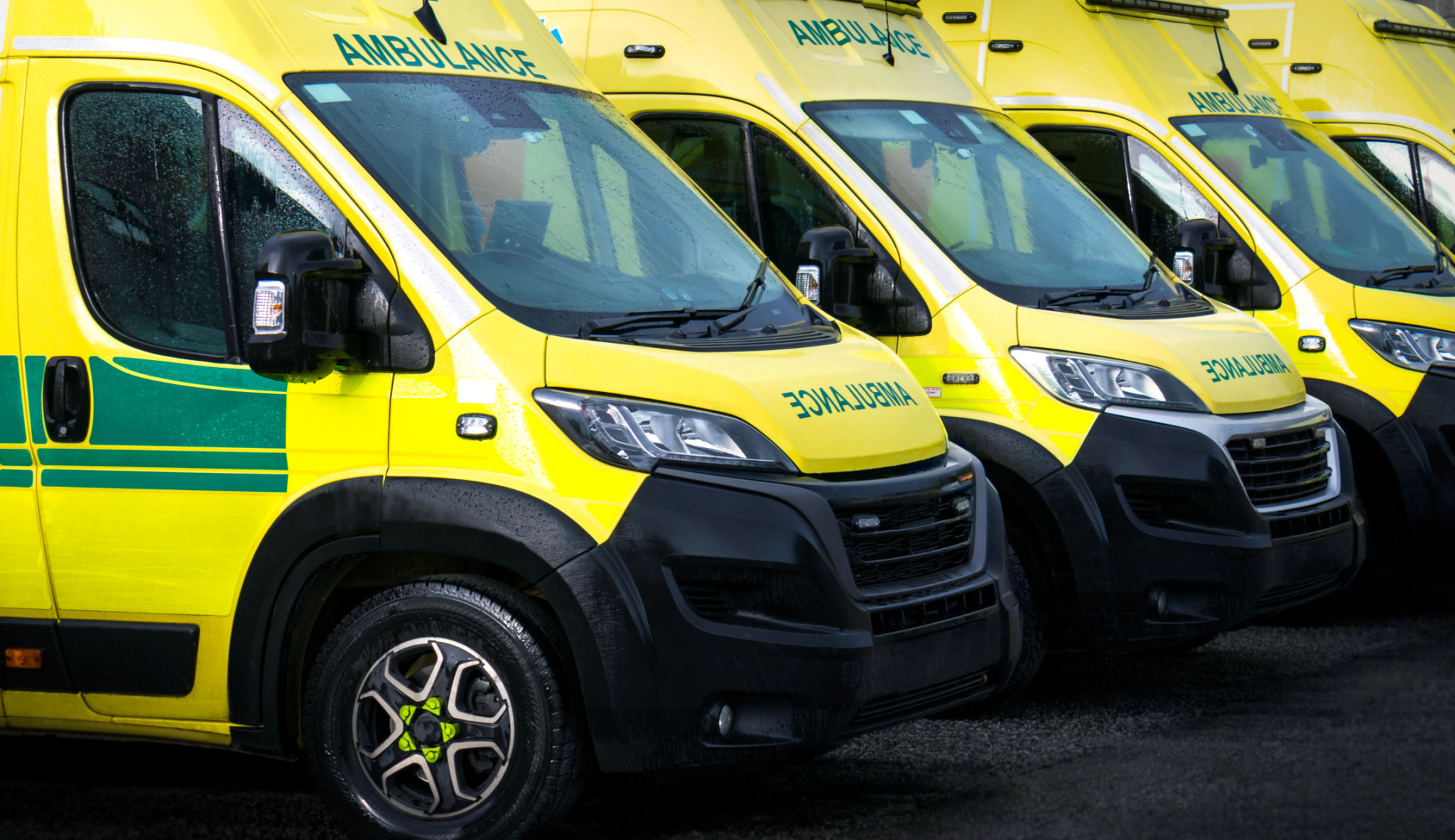Debunking Myths About Non-Emergency Ambulance Services
Understanding Non-Emergency Ambulance Services
Non-emergency ambulance services are an essential part of the healthcare system, yet there are many misconceptions surrounding their use and purpose. These services provide crucial transportation for patients who require medical attention but are not in a life-threatening situation. Let's debunk some common myths and shed light on how these services operate.
Non-emergency ambulance services are designed to transport patients to and from medical facilities for scheduled treatments, routine check-ups, or rehabilitation sessions. They provide a safe and comfortable mode of transport for individuals who may not be able to travel by conventional means due to medical conditions.

Myth 1: Non-Emergency Means Unnecessary
One prevalent myth is that non-emergency ambulance services are unnecessary or a luxury. In reality, these services play a vital role in ensuring patients receive timely medical care without the stress or physical exertion associated with public transport or personal vehicles. They offer a critical service for those with mobility issues, chronic illnesses, or disabilities.
Non-emergency ambulances are equipped with trained medical staff who can provide essential care during the journey, ensuring patient safety and comfort. This level of service is often crucial for individuals with specific medical needs that cannot be met by standard transportation options.

Myth 2: Non-Emergency Ambulances Are Slow
Another common misconception is that non-emergency ambulances are slow and unreliable. While these ambulances do not operate with flashing lights and sirens, they adhere to strict schedules to ensure patients arrive at their appointments on time. The focus is on providing a smooth and efficient service tailored to the patient's needs.
Furthermore, these services are often coordinated with healthcare providers to ensure seamless transitions between home and care facilities. This coordination helps maintain the continuity of care and supports better health outcomes for patients.

Myth 3: Only Certain Patients Qualify
It's a common belief that only a select group of patients qualify for non-emergency ambulance services. In fact, a wide range of individuals can benefit from these services, including those undergoing dialysis, chemotherapy, or physical therapy. Eligibility often depends on medical necessity rather than specific conditions.
Healthcare providers assess the patient's needs and determine whether non-emergency ambulance transport is appropriate. This ensures that those who genuinely need the service have access to it, avoiding unnecessary strain on emergency services.
The Importance of Awareness
Raising awareness about non-emergency ambulance services is crucial for both patients and healthcare providers. By understanding the true nature and benefits of these services, individuals can make informed decisions about their healthcare transportation needs. This can lead to improved patient satisfaction and better health management overall.
In conclusion, non-emergency ambulance services are far from unnecessary or inefficient. They provide a vital link in the healthcare system, ensuring patients receive the care they need in a timely and comfortable manner. Dispelling myths surrounding these services can help more people access the transportation they need to maintain their health and well-being.
